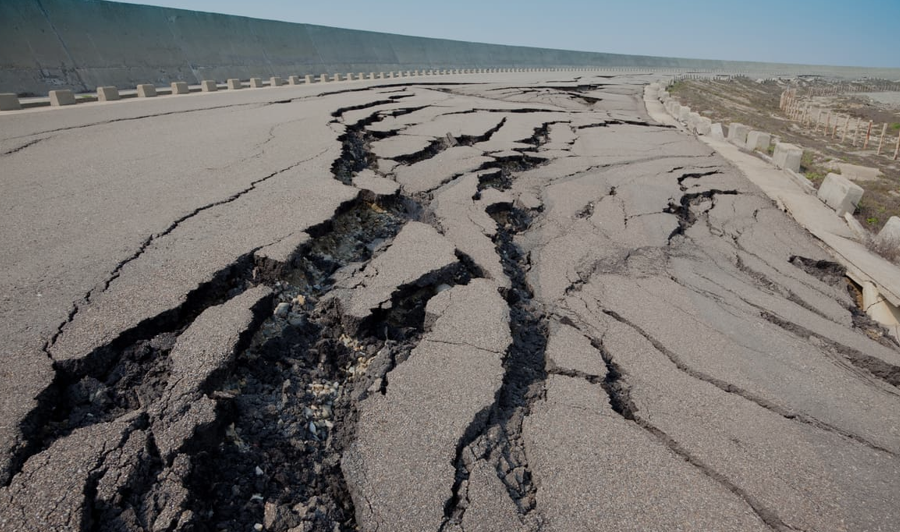By Michael Irving
October 10, 2022
Facebook
Twitter
Flipboard
LinkedIn

Researchers in New Zealand have uncovered a previously
overlooked factor in determining how powerful a future earthquake might be –
tiny marine fossils Photo: Depositphotos
VIEW 1 IMAGES
XEM 1 HÌNH ẢNH
The Hikurangi Subduction Zone is New Zealand’s largest
fault line, running off the east coast of the north island. It marks the
boundary of the Pacific and Australian plates, with the former diving
underneath the latter as they collide. This makes the region capable of
generating some powerful earthquakes, with events stronger than magnitude 8 on
record and as high as magnitude 9 thought possible.
Closer examination of the subduction zone is necessary for
more accurate predictions of earthquakes, but its offshore location and depth
makes that tricky. So for the new study, researchers at Te Herenga Waka –
Victoria University of Wellington investigated similar rocks of limestone,
mudstone and siltstone on a nearby bluff on land.
In these deposits, the team found large amounts of calcite,
a common carbonate mineral that in this case comes from the shells of tiny,
ancient marine organisms. And this could play a bigger role than it’s given
credit for. If the calcite can dissolve in high enough quantities, it could act
like lubricant for the two tectonic plates, allowing them to slide easily
without triggering noticeable earthquakes at the surface. If, however, it
doesn’t dissolve, the fault line can lock up and store energy that can
eventually be released as a larger quake.
“Calcite dissolves faster when it’s highly stressed and
when temperatures are cooler,” said Dr. Carolyn Boulton, lead author of the
study. “It dissolves more easily at low temperatures – say, room temperature.
But it gets harder to dissolve as temperature goes up – say, deeper in the
Earth. In the subduction zone, temperature increases more slowly than on land –
by only around 10 ºC (18 °F) per km. So the fault is really sensitive to what
calcite, those shells of old dead marine organisms, is doing. The amount and
behavior of calcite from these organisms is a big piece of the puzzle of how
large the next earthquake might be.”
While the team has identified this potential new factor,
it’s still unclear how calcite’s influence is actually playing out in the real
world. And unfortunately it’s hard to check the real subduction zone without
complex drilling equipment. Ideally, the hypothesis would be tested by checking
whether the plates are sliding past each other in gentle slow-slip movements
that are hard to detect, or if they’re stuck and potentially building up to a
powerful future quake.
“What we really want to know is: Are there slow-slip events
out there we haven’t detected?” said Boulton. “Are the rocks moving without
earthquakes, or are they truly locked up? That will help tell us what might
happen in the next earthquake.”
The research was published in the journal Lithos.
Source: Te Herenga Waka – Victoria University of Wellington